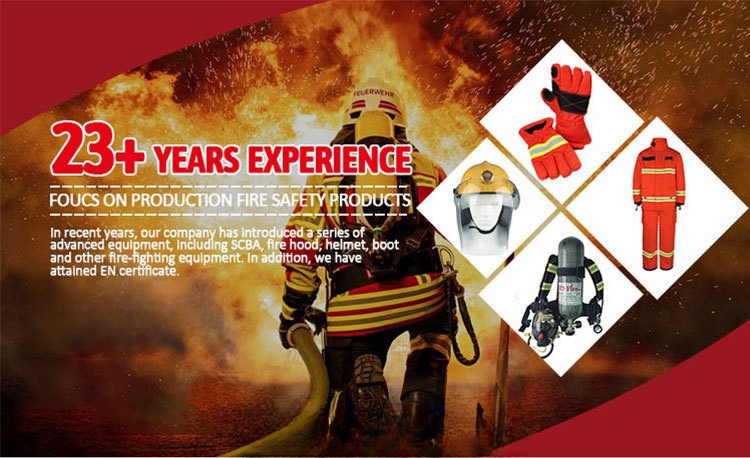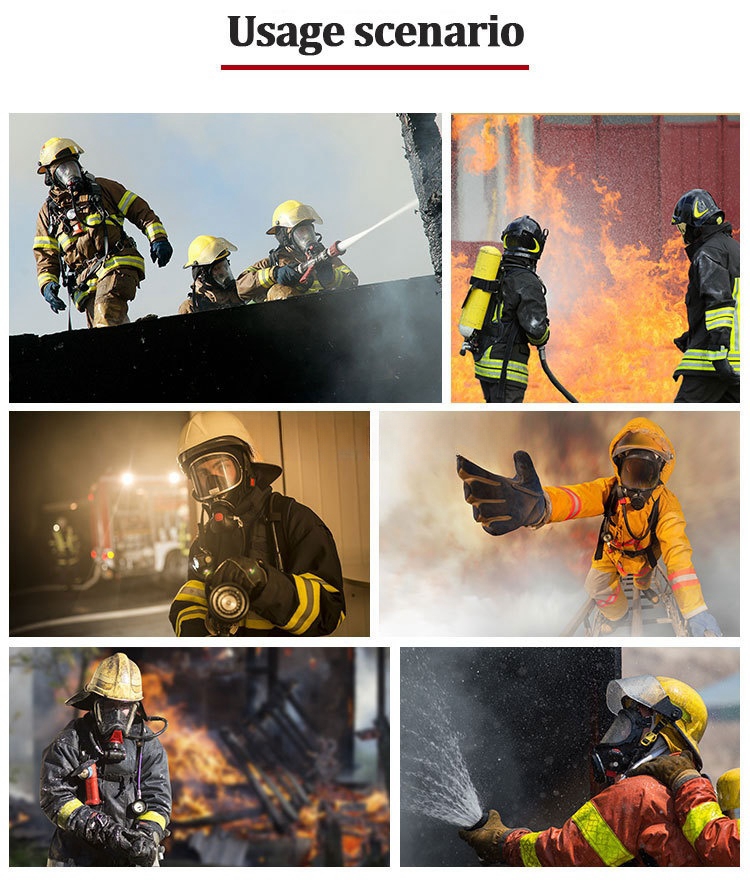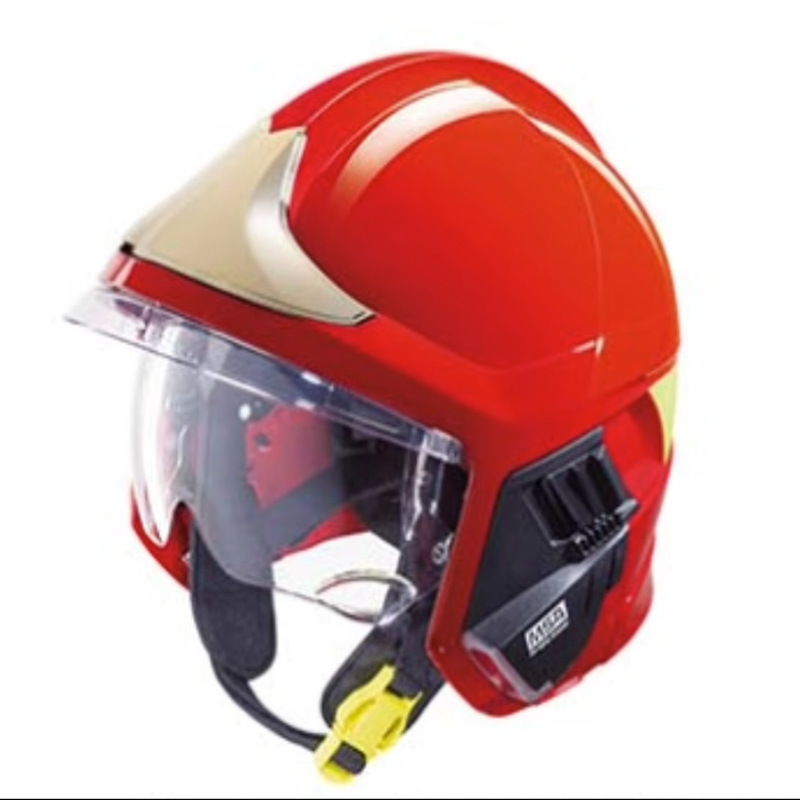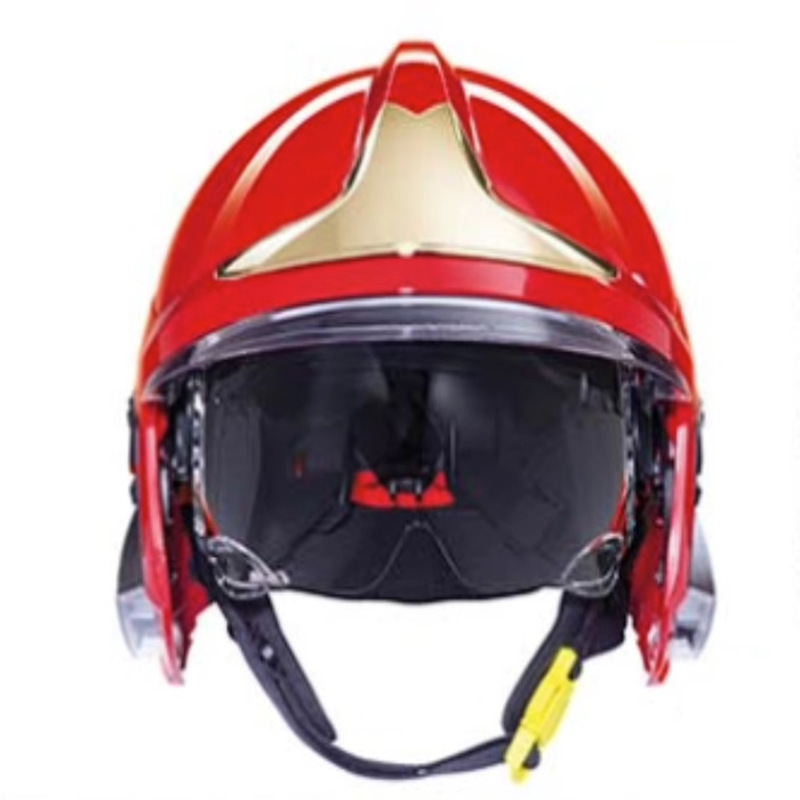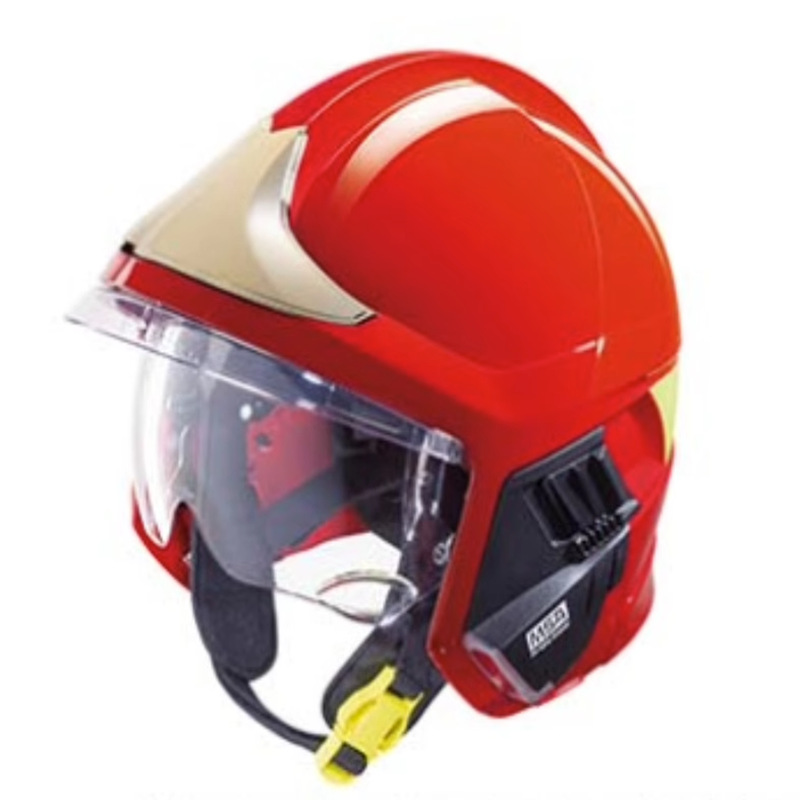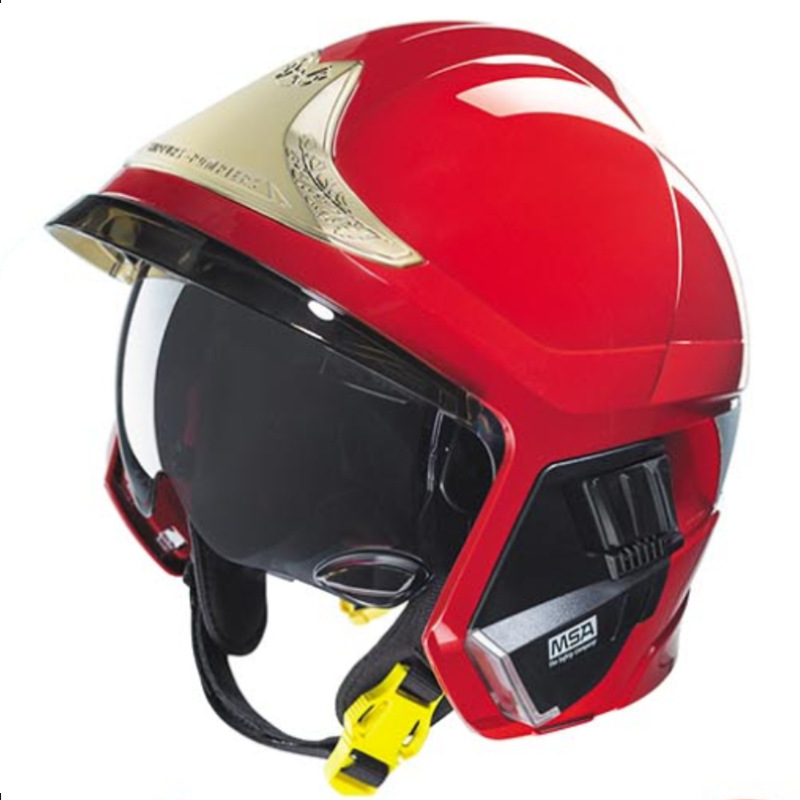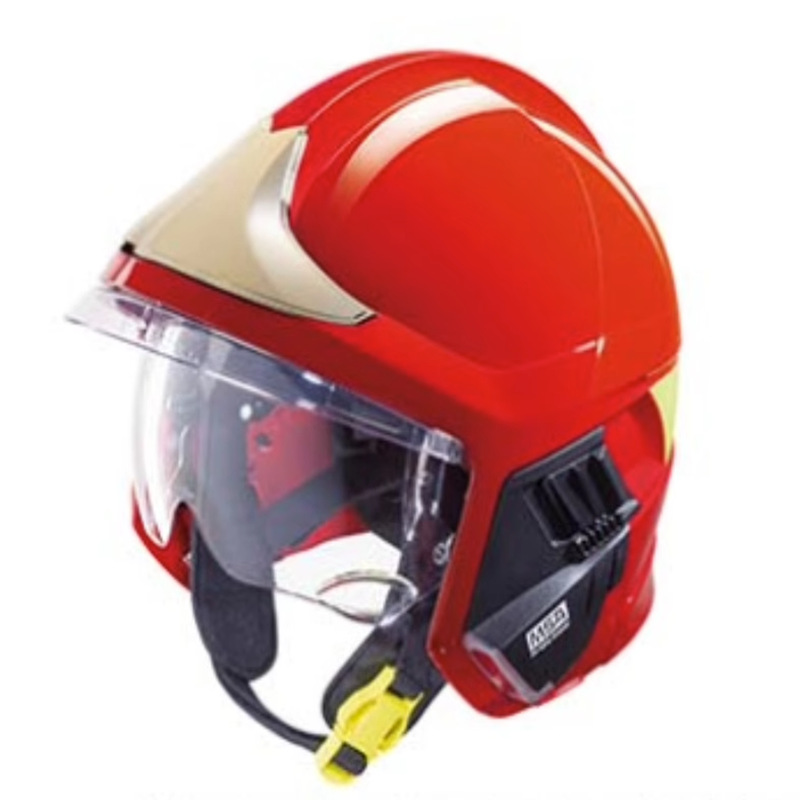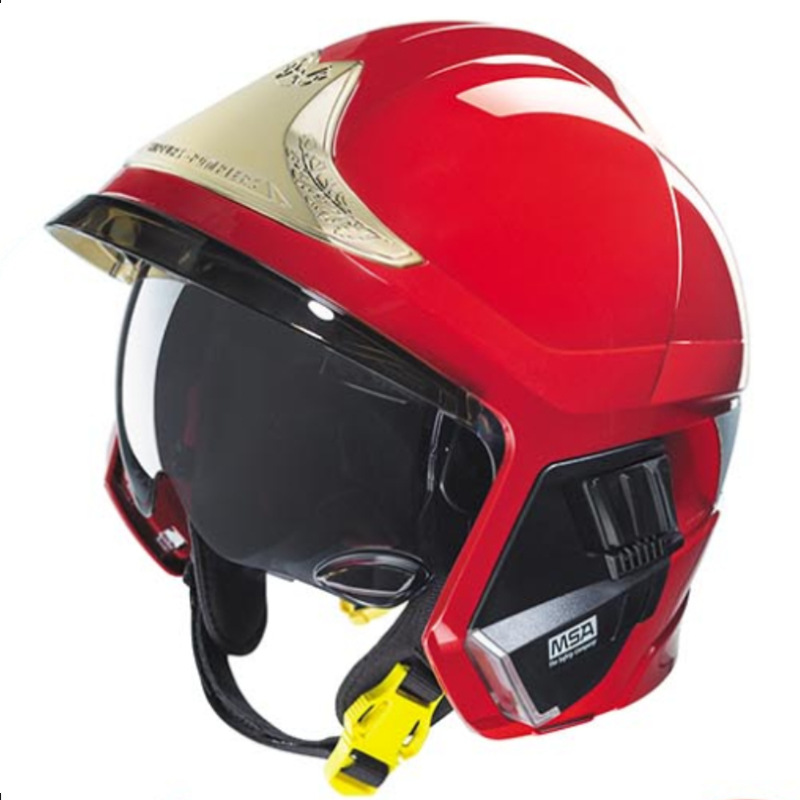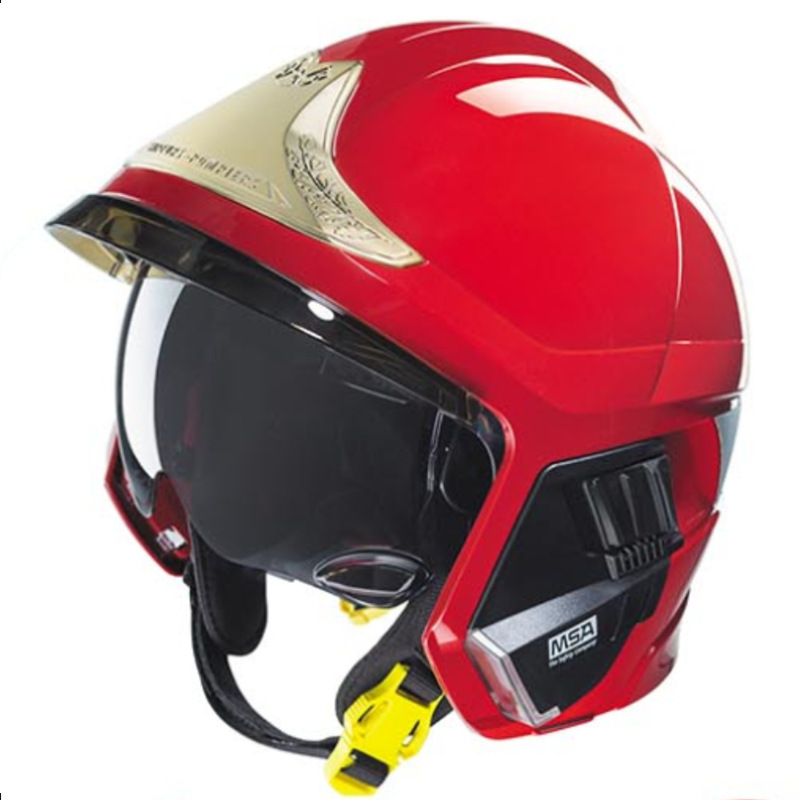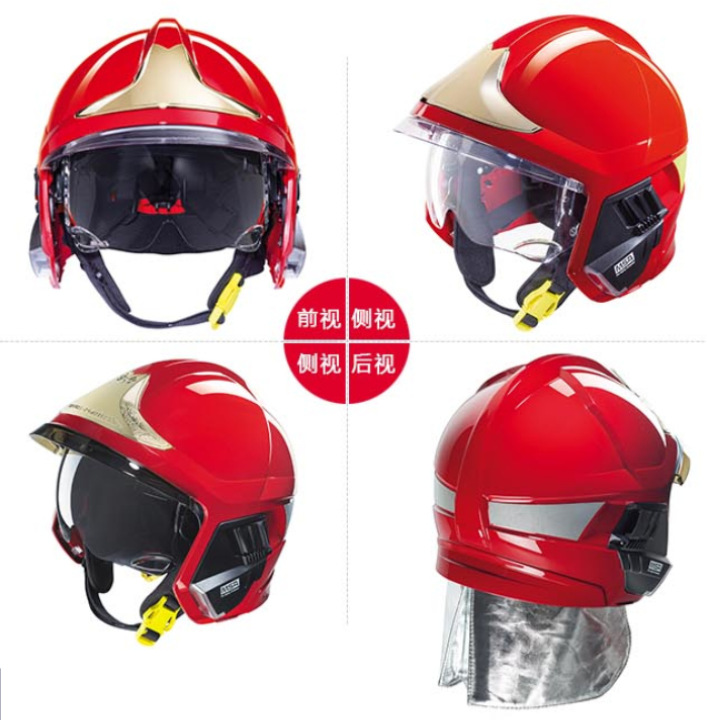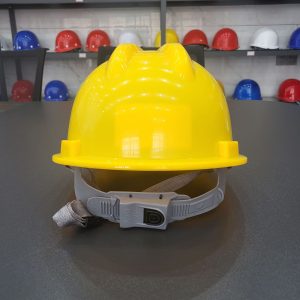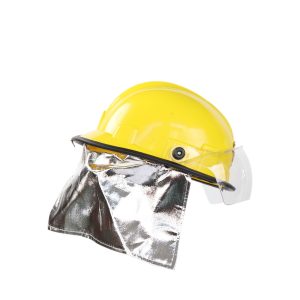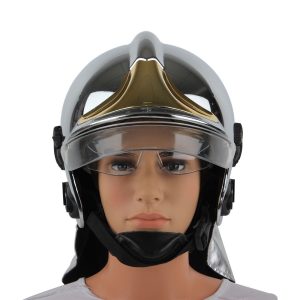A fire helmet is a specialized piece of personal protective equipment specifically designed to safeguard firefighters from the numerous hazards they encounter during their demanding and perilous work. Firefighting is a profession that exposes individuals to extreme heat, falling debris, smoke, and various other hazards, making the fire helmet an essential component of a firefighter’s gear.
Fire helmets are typically characterized by a robust outer shell constructed from durable materials like fiberglass or thermoplastic, offering resistance to impact and heat. This outer shell provides essential protection against falling objects and burning debris. The helmet’s interior consists of a suspension system and a cushioning layer that offers comfort and absorbs the force of impacts.
One of the distinguishing features of a fire helmet is its distinctive design, featuring a brim or shield in the front to protect the firefighter’s face and neck from heat, ash, and falling materials. Additionally, they often include a reflective trim or strip for visibility in smoky or low-light conditions.
Fire helmets are usually equipped with a chin strap and a ratcheting or adjustable headband to ensure a secure and customized fit. They can also integrate communication systems and face shields to enhance safety and effectiveness in firefighting operations.
The primary purpose of a fire helmet is to protect firefighters from head injuries and burns while navigating dangerous and unpredictable fire scenes. These helmets meet rigorous safety standards, including those set by organizations like the National Fire Protection Association (NFPA), to ensure their effectiveness and reliability.
In conclusion, fire helmets are vital protective gear for firefighters, providing crucial defense against life-threatening situations. Wearing a certified and well-maintained fire helmet is a fundamental aspect of firefighter safety, allowing them to confront the hazards of their profession with confidence and protection.
